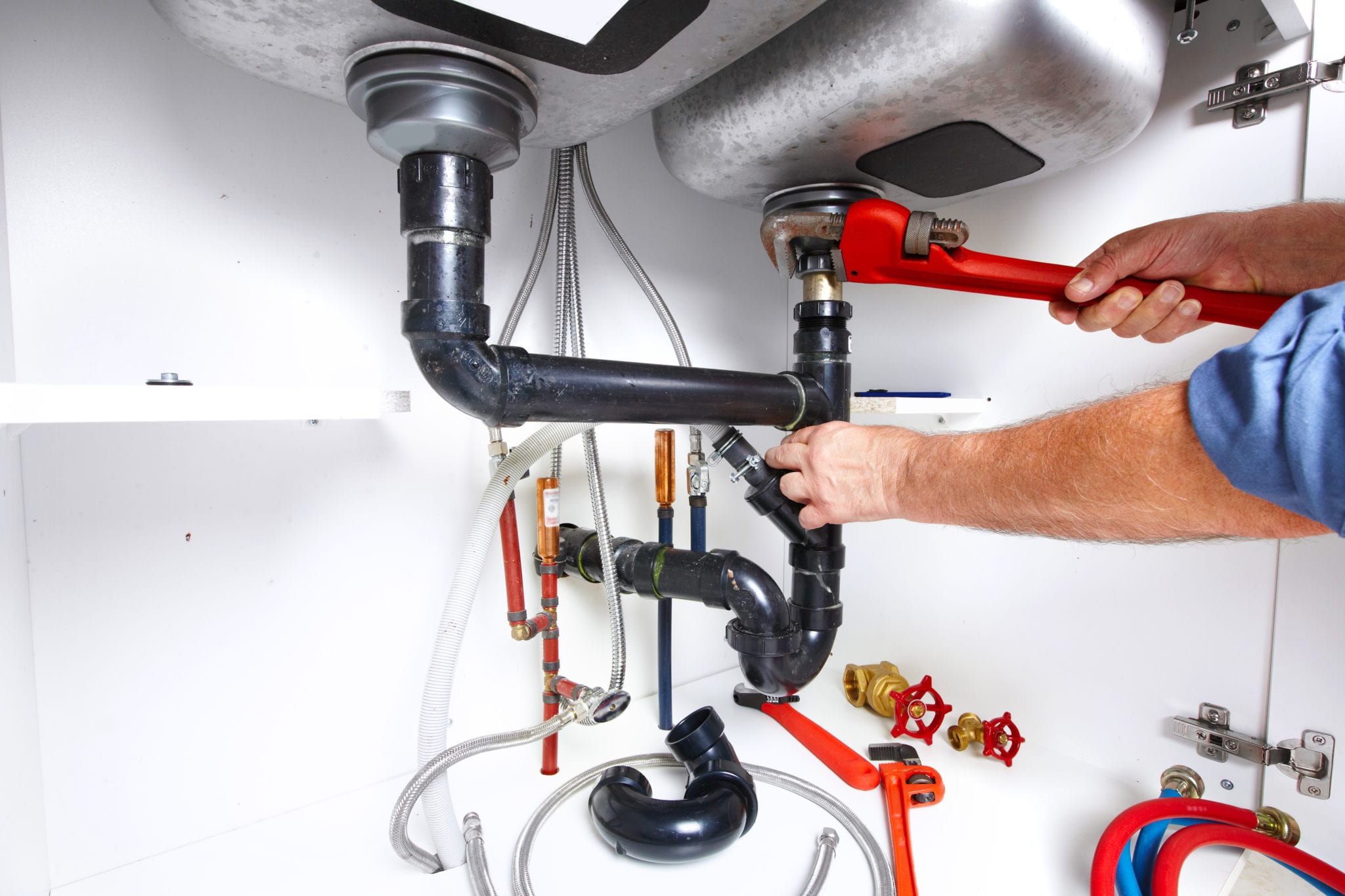Just how do you actually feel when it comes to Leaking water lines?

Early detection of dripping water lines can alleviate a potential catastrophe. Some tiny water leakages may not be visible.
1. Analyze the Water Meter
Examining it is a guaranteed way that aids you find leakages. If it moves, that indicates a fast-moving leak. This suggests you may have a slow leak that could even be below ground.
2. Check Water Usage
If you identify unexpected modifications, in spite of your intake being the very same, it means that you have leakages in your plumbing system. A sudden spike in your bill indicates a fast-moving leak.
A steady rise every month, even with the very same behaviors, shows you have a slow-moving leak that's also slowly rising. Call a plumber to thoroughly examine your building, specifically if you really feel a cozy area on your flooring with piping underneath.
3. Do a Food Coloring Examination
30% comes from commodes when it comes to water consumption. Examination to see if they are running properly. Drop specks of food shade in the container and also wait 10 mins. If the shade somehow infiltrates your dish during that time without flushing, there's a leakage between the container and bowl.
4. Asses Outside Lines
Do not neglect to examine your outside water lines too. Should water permeate out of the connection, you have a loosened rubber gasket. One small leakage can lose lots of water as well as spike your water bill.
5. Examine the scenario as well as evaluate
Home owners need to make it a behavior to check under the sink counters and also even inside cabinets for any type of bad odor or mold and mildew growth. These 2 red flags suggest a leakage so prompt interest is called for. Doing routine evaluations, also bi-annually, can save you from a significant problem.
Check for discolorations and also compromising as many home appliances and also pipelines have a life expectations. If you think dripping water lines in your plumbing system, don't wait for it to rise.
Early detection of leaking water lines can reduce a prospective catastrophe. Some small water leakages may not be noticeable. Inspecting it is a proven means that helps you find leaks. One small leak can waste loads of water and also increase your water bill.
If you presume dripping water lines in your plumbing system, don't wait for it to rise.
WARNING SIGNS OF WATER LEAKAGE BEHIND THE WALL
PERSISTENT MUSTY ODORS
As water slowly drips from a leaky pipe inside the wall, flooring and sheetrock stay damp and develop an odor similar to wet cardboard. It generates a musty smell that can help you find hidden leaks.
MOLD IN UNUSUAL AREAS
Mold usually grows in wet areas like kitchens, baths and laundry rooms. If you spot the stuff on walls or baseboards in other rooms of the house, it’s a good indicator of undetected water leaks.
STAINS THAT GROW
When mold thrives around a leaky pipe, it sometimes takes hold on the inside surface of the affected wall. A growing stain on otherwise clean sheetrock is often your sign of a hidden plumbing problem.
PEELING OR BUBBLING WALLPAPER / PAINT
This clue is easy to miss in rooms that don’t get much use. When you see wallpaper separating along seams or paint bubbling or flaking off the wall, blame sheetrock that stays wet because of an undetected leak.
BUCKLED CEILINGS AND STAINED FLOORS
If ceilings or floors in bathrooms, kitchens or laundry areas develop structural problems, don’t rule out constant damp inside the walls. Wet sheetrock can affect adjacent framing, flooring and ceilings.
https://www.servicemasterbyzaba.com/blog/how-to-detect-water-leakage-in-walls/

I was brought to that report on Finding hidden leaks through a good friend on our other web page. Don't hesitate to set aside a second to promote this blog entry if you liked it. Thank you for your time. Visit again soon.